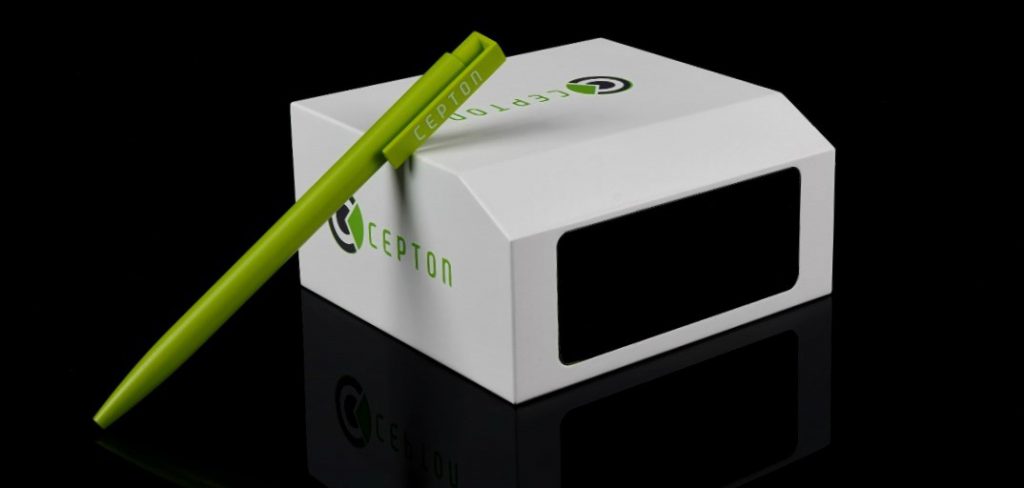Lidar specialist Cepton Technologies has revealed details of its latest automotive-grade lidar sensor, the Vista-X90, which it says will be priced at less than US$1,000 for high-volume automotive applications.
It is claimed to set a new benchmark for high performance at low power in a compact form factor, making it well suited for advanced driver assistance systems (ADAS) and autonomous vehicles (AVs). Weighing less than 900g, the unit has a range of up to 200m at 10% reflectivity with an angular resolution of 0.13° alongside power consumption of <12W. The sensor supports frame rates of up to 40Hz.
The system features a licensable design architecture powered by Cepton’s Micro Motion Technology (MMT) – a frictionless, mirrorless, rotation-free lidar architecture capable of high-resolution and long-range 3D imaging, while maximizing the sensor robustness and reliability to meet the stringent requirements of automotive applications.
Using ASIC technology, the Vista-X90 is an ISO26262 ASIL-B sensor that supports AUTOSAR and over-the-air (OTA) functionality, with capabilities for factory, extrinsic and dynamic calibration. The company notes that, with a width of 120mm, depth of 110mm and a front-facing height of <45mm, combined with a 90° x 25° field of view, the directional, non-rotational design eases integration into areas such as a vehicle’s fascia, behind the windshield or on the roof.
“We are excited to disrupt the industry with the Vista-X90, which is the most cost-effective, high-performance lidar in the world for automotive applications,” said Dr Jun Pei, Cepton’s CEO.
“Automotive lidars have historically had either low performance at acceptable cost or claimed high performance while being too expensive for many OEM programs. The Vista-X90 fundamentally changes the game by bridging that divide and delivering the optimal mix of performance, power, reliability and cost. This is an integral part of our plan to make lidar available as an essential safety device in every consumer vehicle in the world.”
The unit is targeted for production in 2022 and beyond.


